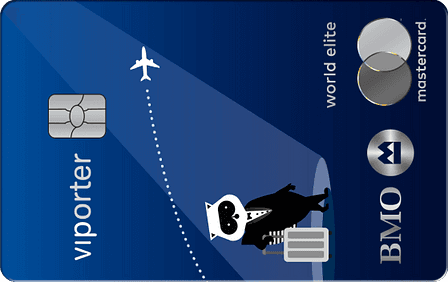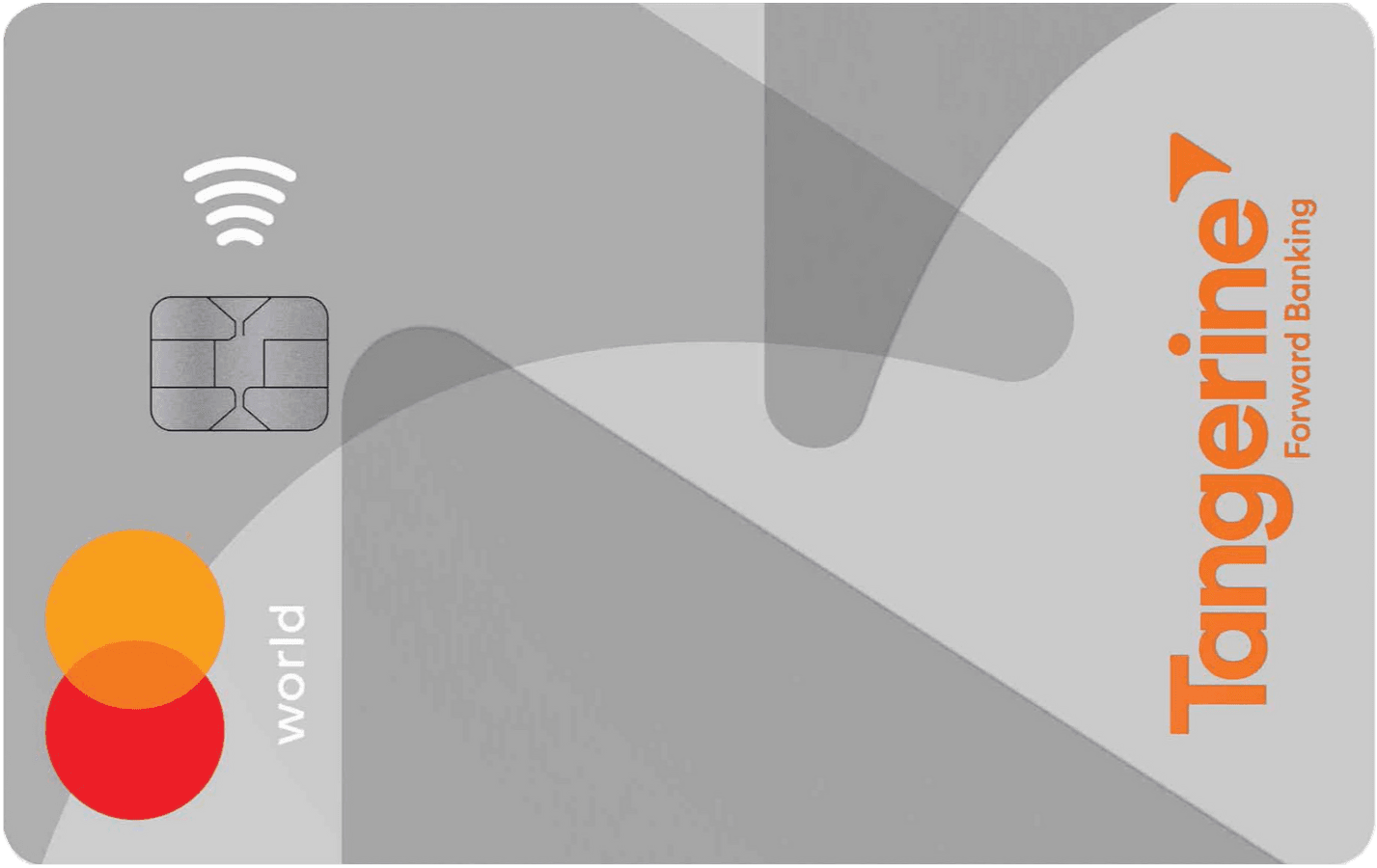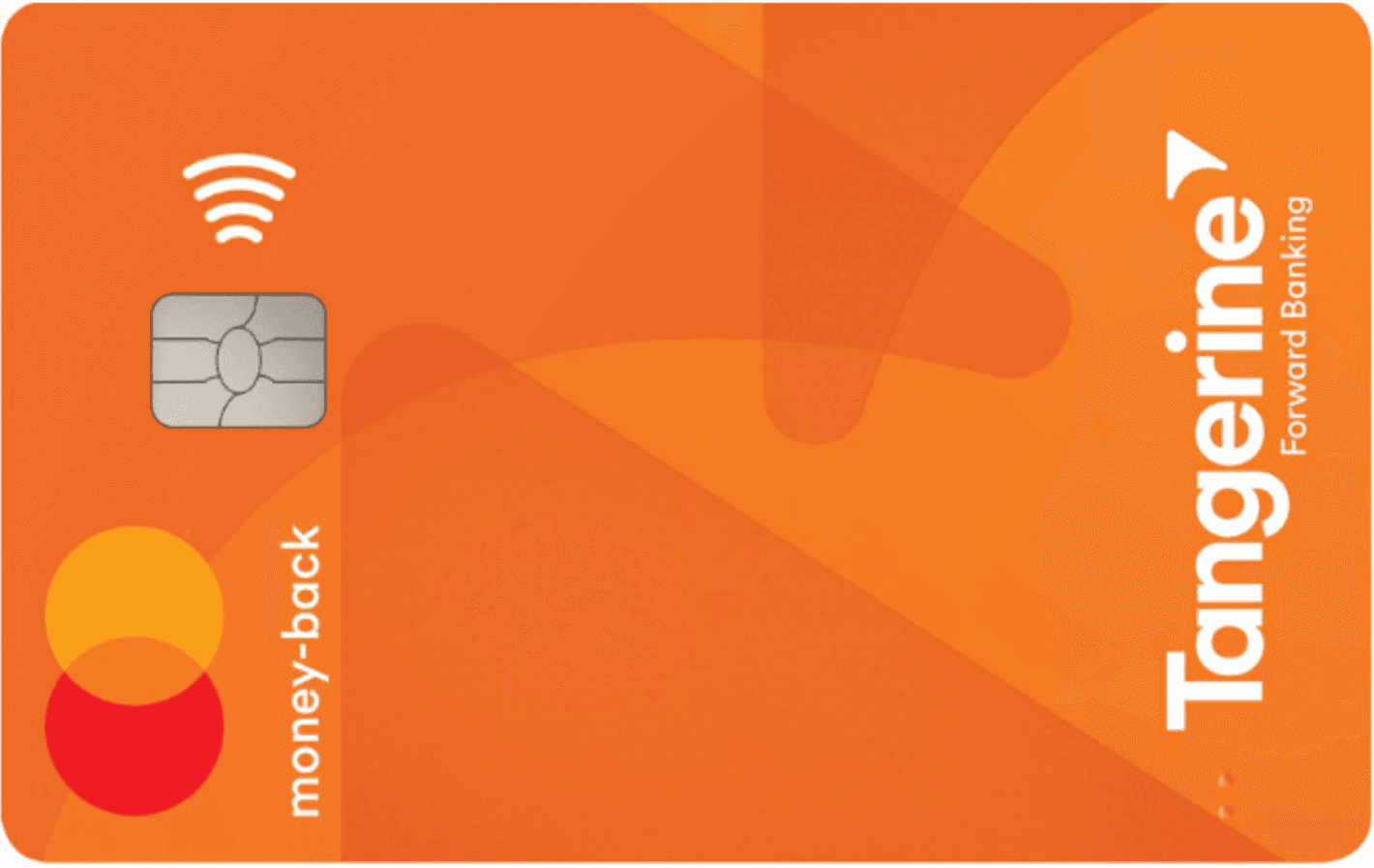Working hard in the background...
Credit Card Security Features Every Canadian Should Know (Credit Cards Are Handy—but Is Your Information Safe?)
Published Sep 25, 2025 4:11 PM • 3 min read
Tap. Swipe. Click. In today’s digital world, our credit cards are put to work daily. With consistent usage, it’s natural to wonder what happens if your card details end up in the wrong hands. Or, worse, a data breach. These aren’t just “what if” scenarios though. Credit card fraud and scams are very real. Fortunately, Canadian credit cards come with built-in security features to protect against these scenarios. The key to these features is knowing how to use them.
EMV chip technology
Credit card security begins with that metallic square on the front of your card. You know, that chip that you insert into payment machines. This is called an EMV chip. Unlike the magnetic strip, the EMV chip works by creating a unique code for every transaction. By making it harder to clone, this technology has drastically reduced the number of card-skimming incidents and the resulting fraudulent activity. For example, from the time of EMV introduction in the UK in 2004 until 2010, fraud losses on UK-issued cards declined by 34%.
Contactless payments
At this point, we are all very aware of the “tap to pay” system. Quick and painless. But also secure. But what happens if your card gets stolen and the thief taps to make a large purchase? Luckily, there are protections in place to prevent that from happening.
In Canada, this contactless payment type is typically for a value of $250 only. The limit allows ease of payment while still preventing the opportunity for sizable fraudulent transactions. There are also laws in place that limit your exposure to transactions you did not make.
Mobile wallets and tokenization
The use of mobile wallets and wearable technology is rising in Canada. Paying via mobile or wearable methods enhances your privacy as applications like Apple Pay and Google Pay do not use your real card number. Instead, they use encrypted tokens to process your payments. Each token operates only once, leaving nothing behind to steal!
Adding another layer of protection, these wallets also require Face ID, fingerprints, or passcodes. Lost your phone or wearable device? No problem. You can remotely lock or erase the wallet.
Real-time transaction alerts
Most Canadian banks offer transaction alerts via email or through your banking application. All you need to do is customize your settings. For example, you can request a notification for any online purchase or foreign transaction. By receiving these alerts, you can spot fraudulent charges early and receive a faster resolution.
Tip: Customize your alerts by dollar amount, location, or merchant type.
Two-factor authentication
Most Canadian banks now offer two-factor authentication (2FA). And some even require it! You have probably come across this before, whether you realize it or not. With 2FA, there is a second verification step, like having a code sent to your phone or email. This often occurs when you are logging in or making an online purchase, especially one in a foreign currency.
2FA might seem simple, but it’s highly effective. According to the Government of Canada, a “simple 2-step verification” protects from 96% of phishing attempts and 76% of targeted attacks, as well as every automated bot.
Card locking options
Lost your card? Hit pause, not panic. Instead of cancelling it completely, you can now lock your card from your mobile app or through your online banking. Once you do so, you can not use your card until you unlock it again, which is simple enough to do with your app. This feature is popular amongst Canadians as it doesn’t require a trip to the bank, a long call to customer service, or even a replacement card. All you need is your mobile app. Once you find your card under a cushion in your house, you simply need to unlock it and you’re good to go!
Zero liability protection
Both Mastercard and Visa offer zero liability protection. This means if you spot a fraudulent charge on your card, you can report it, and you are not held responsible. Just be sure to report it quickly!
Tip: Review each statement and report all unauthorized charges within 30 days of your statement date for maximum protection.
CVV and dynamic virtual cards
Most of us have used the CVV authentication method, you know, that three-digit code on the back of your credit card that helps to verify online transactions. There is a different feature with some newer credit cards that goes a step further by offering dynamic CVVs and virtual credit cards. With these numbers changing at each use, it is nearly impossible for someone to take your card data and use it themselves.
AI fraud detection
Behind the scenes, artificial intelligence (AI) acts as an invisible shield. Credit card companies run fraud detection algorithms 24/7 with the help of machine-learning models. These programs help to detect suspicious activity. Imagine that your card makes a purchase at a gallery in Paris just ten minutes after you authorize a charge at Home Depot in Winnipeg. That’s a definite red flag! AI will identify this anomaly, and your bank can either freeze the card or send you an alert. While this technology isn’t perfect, these systems have speed as their advantage.
What to do if you suspect credit card fraud in Canada
Despite these safeguards, fraud still happens. If you find a fraudulent charge on your credit card, here’s what to do:
· Lock your card through your online banking or mobile platform
· Call the number on the back of your credit card to report the issue
· Monitor your account for any new charges
· Dispute unauthorized transactions as soon as you notice them
Canadian banks tend to resolve fraud claims quite quickly, but even more complicated claims require a response from the bank within ten business days.
Final thoughts
Your credit card acts as more than just a spending tool; it is also a security tool. But only if you know about the features that it offers. To protect yourself, use those tools. Turn on alerts. Enable biometrics. Know how to freeze your card if it goes missing. These are just small steps, but they can prevent major stress down the road and help to protect your money.
Frequently Asked Questions (FAQ)
How can I tell if my Canadian credit card is secure?
To confirm, check for features such as an EMV chip. You can also use mobile wallets with biometric protection and turn on transaction alerts through your banking app to enhance security. Most major cards offer zero liability as well.
Can someone steal my credit card number by walking past me?
While RFID skimming is possible, it’s rare in Canada. But as an added layer of security, Canadian banks also limit tap transaction amounts and monitor for suspicious activity.
What’s the safest way to shop online with a Canadian credit card?
Use secure checkout pages (look for https), opt into 2FA, and avoid saving your card number on retailer sites. Further enhance safety by using a virtual card number if your bank offers it.
If I use Apple Pay or Google Pay, can fraud still happen?
Yes. But it’s very unlikely. These wallets use tokenized data and require biometric login. In most cases, they are even safer than physical cards.
Does every Canadian bank offer real-time alerts and freeze features?
Most do, but not all by default. Log in to your bank’s mobile app or call customer service to make sure your alerts are “on”. Also, be sure you know how to freeze your card.
Featured Offers

Get up to 10,000 points with no annual fees

Get up to 85,000 Aeroplan points with the best Aeroplan credit card in Canada, over $1,700 in value not including the benefits!

Earn up to 60,000 points, 4 lounge passes, $100 travel credit and 2x the points on all your purchases
Trending Offers

BMO VIPorter World Elite Mastercard®∗

Tangerine® Money-Back World Mastercard®*

Tangerine Money-Back Mastercard

MBNA Rewards World Elite® Mastercard®
What's on this Page
About the author

Lauren Brown
Editor
Lauren is a freelance copywriter with over a decade of experience in wealth management and financial planning. She has a Bachelor of Business Administration degree in finance and is a CFA charterholde...
SEE FULL BIOAbout the editor

Faith Ogunkanmi
Editor
Faith is a seasoned finance professional with over six years of experience specializing in credit analysis, financial risk assessment, and business/personal lending. My background includes extensive w...
SEE FULL BIO